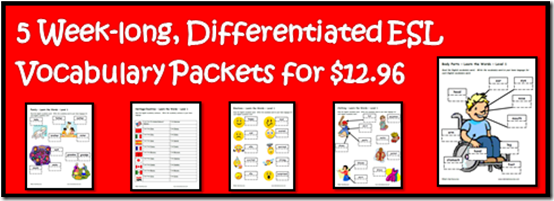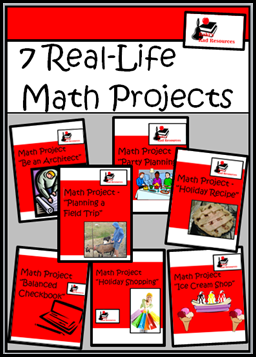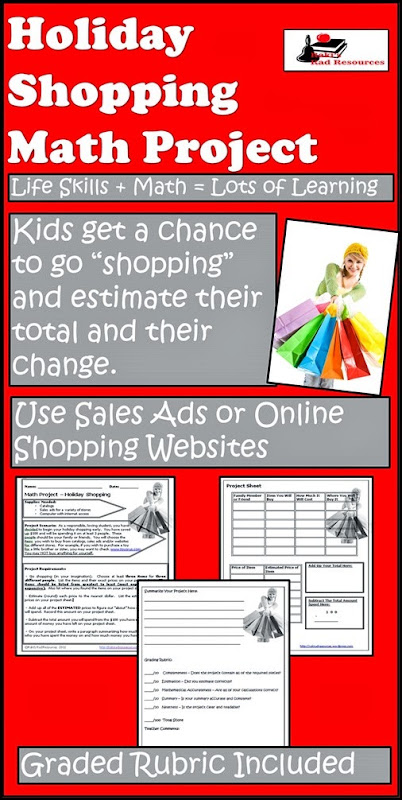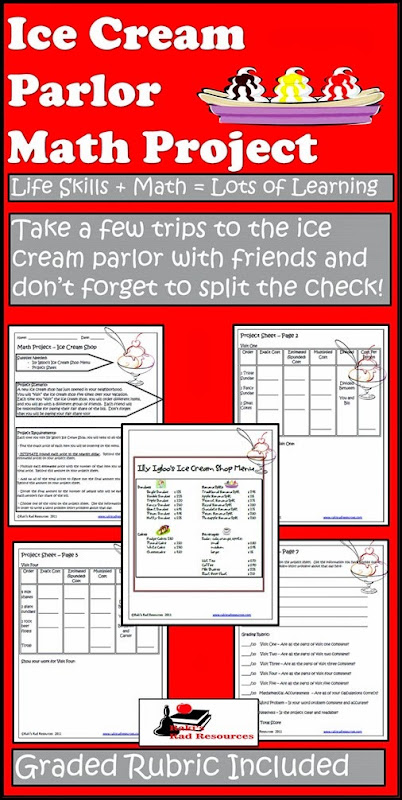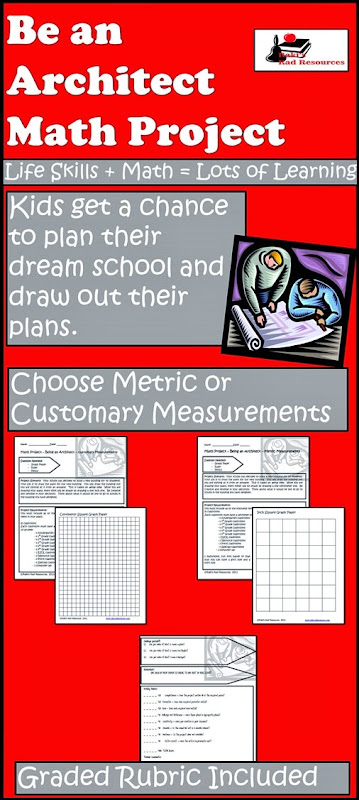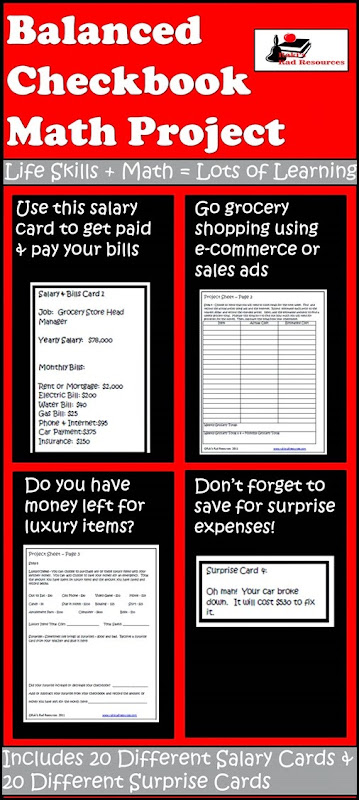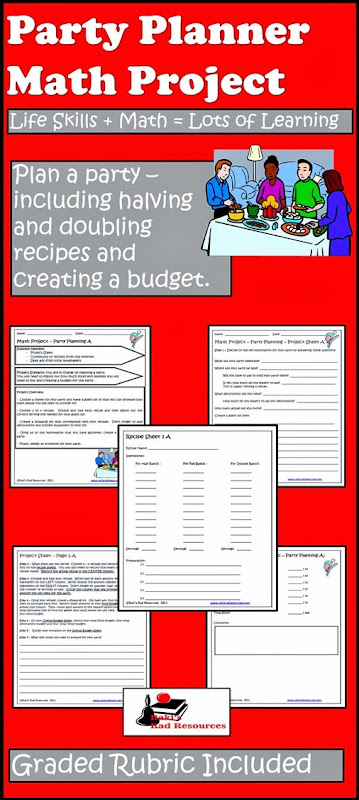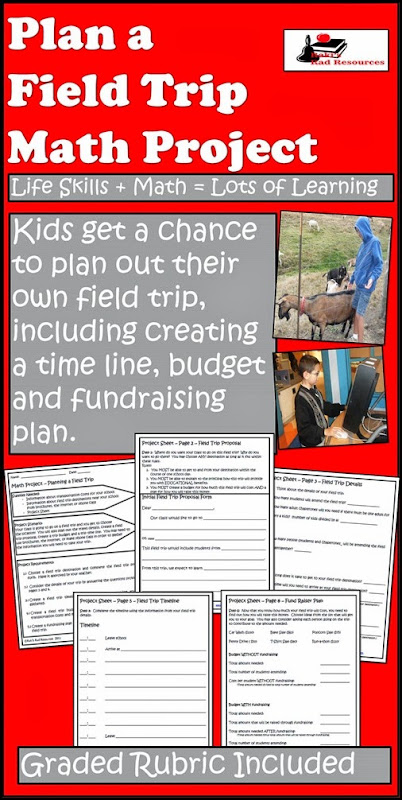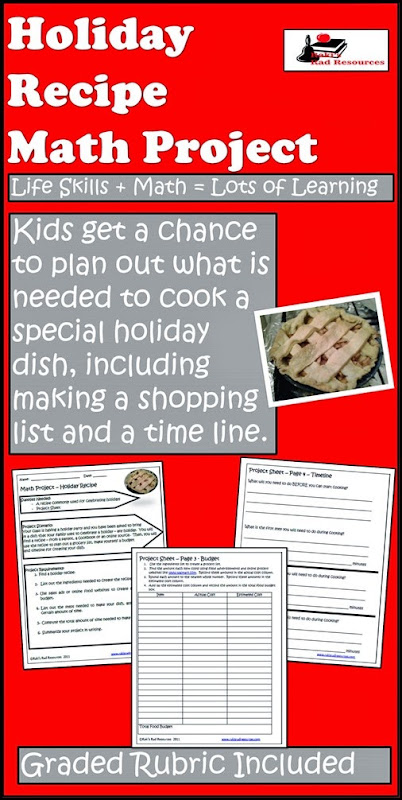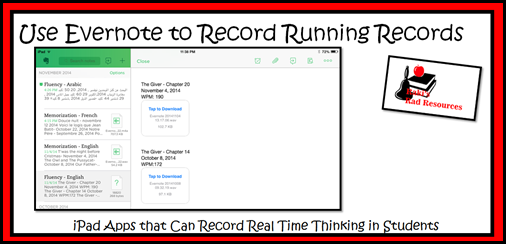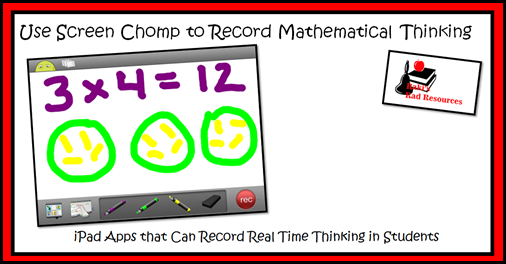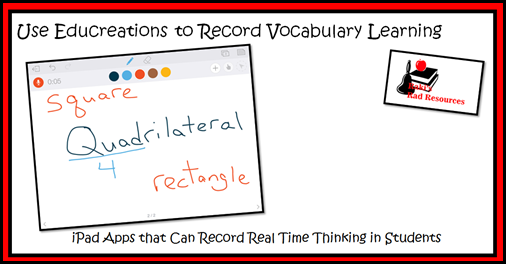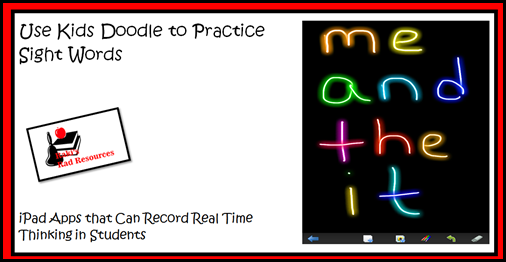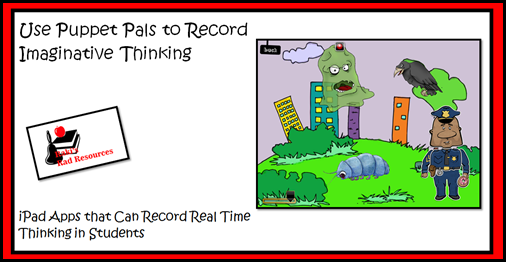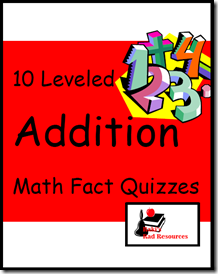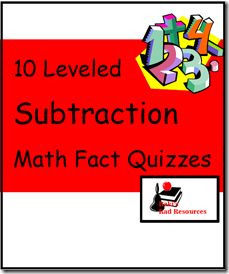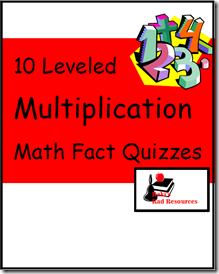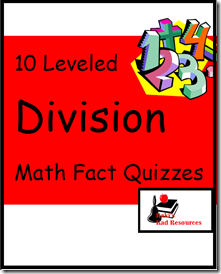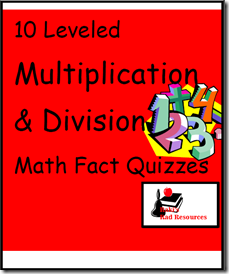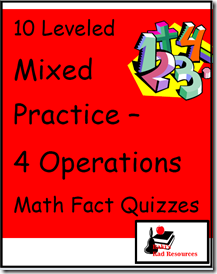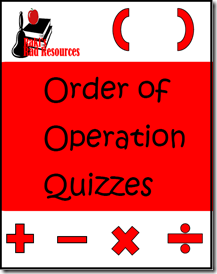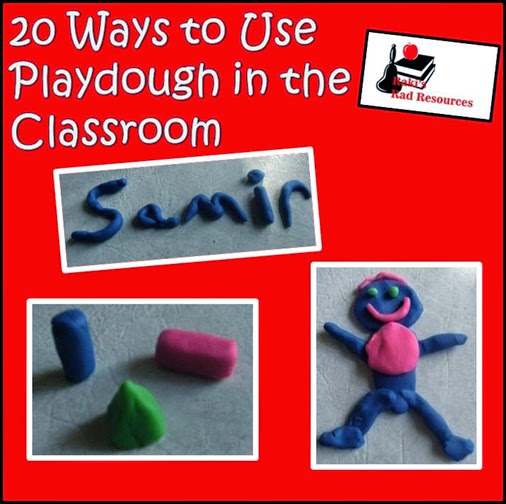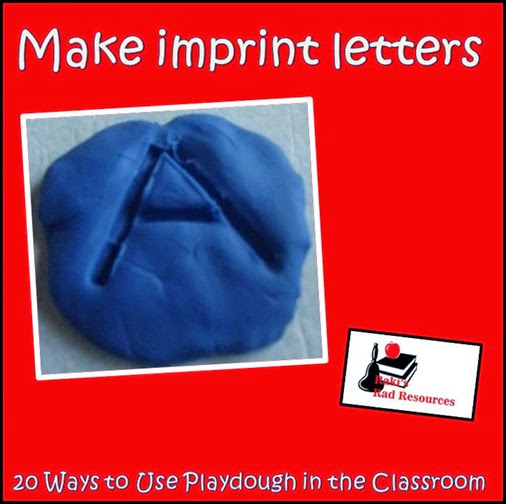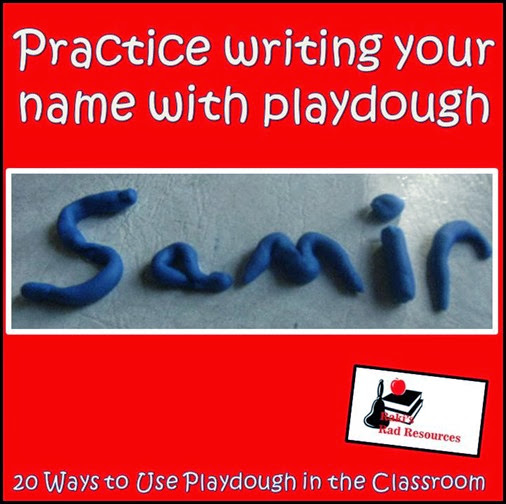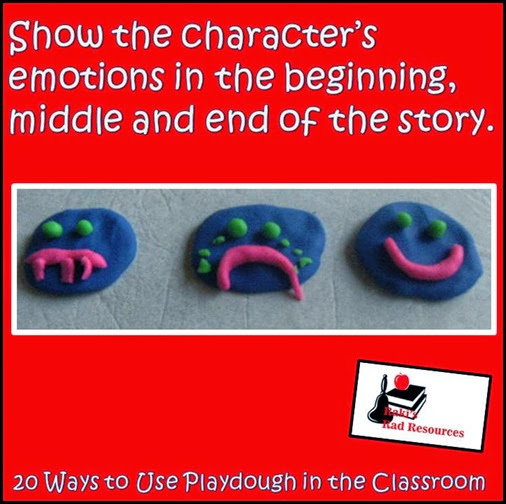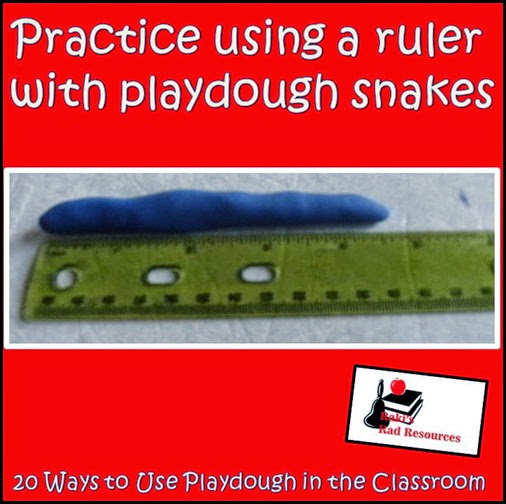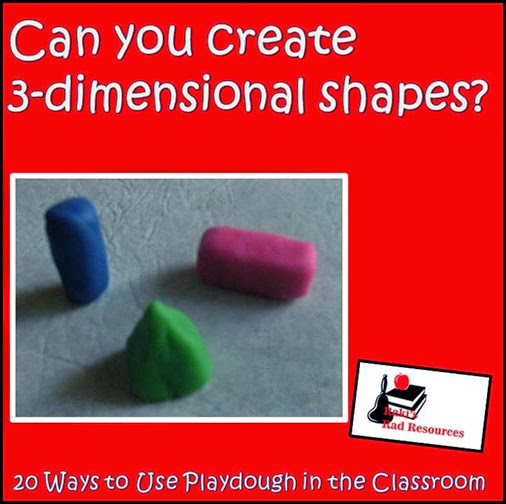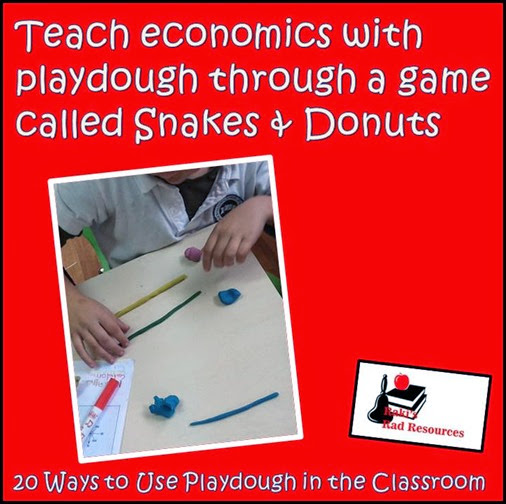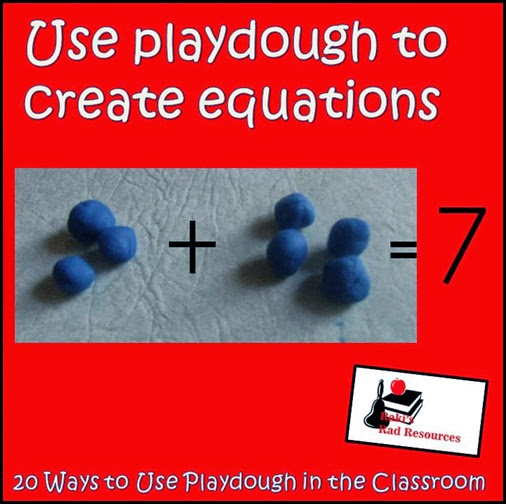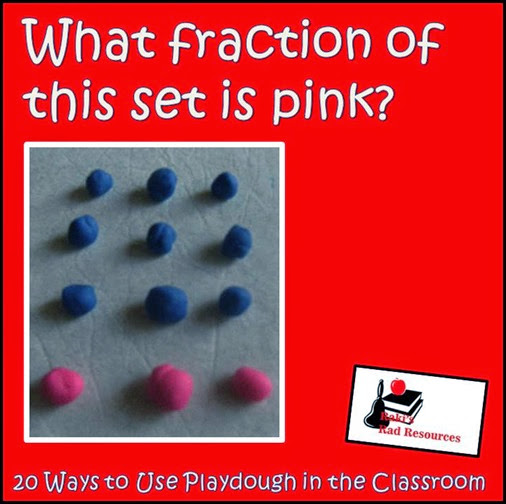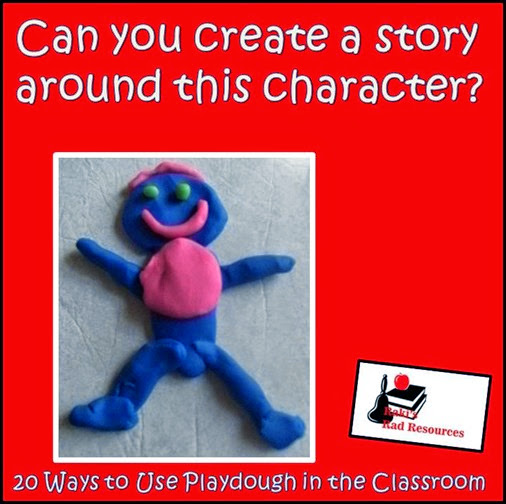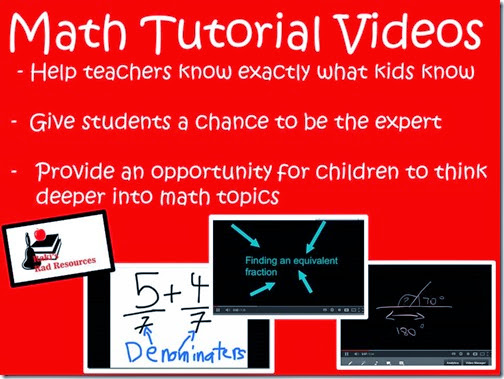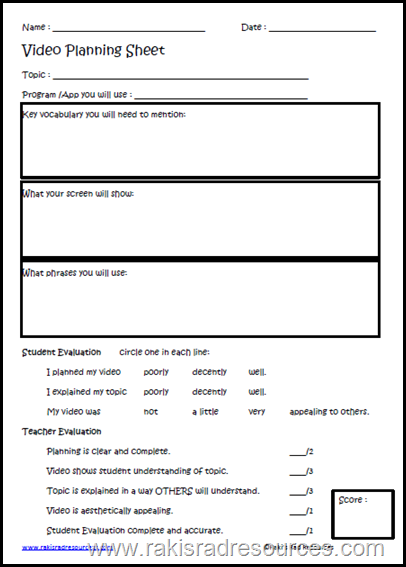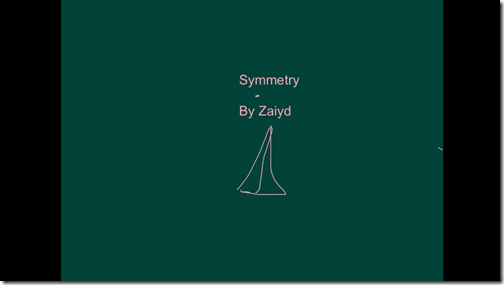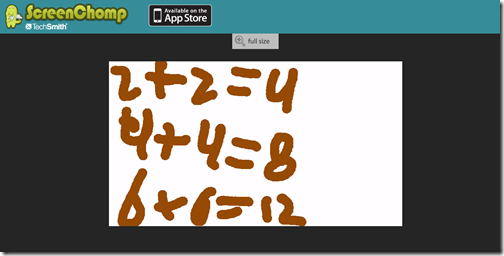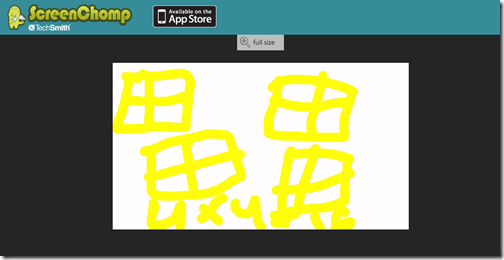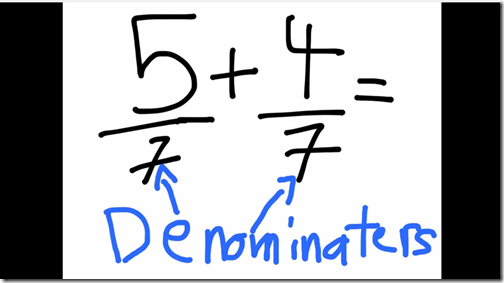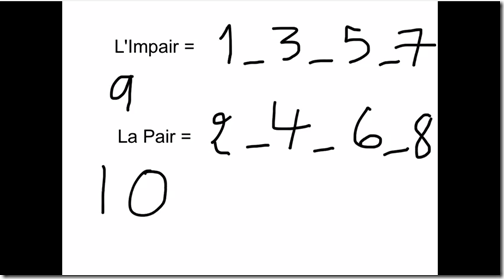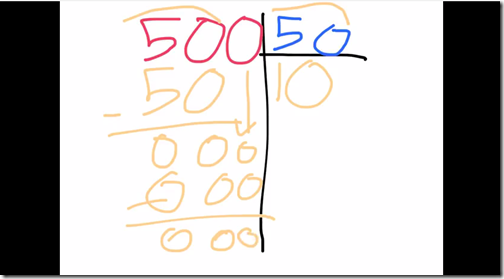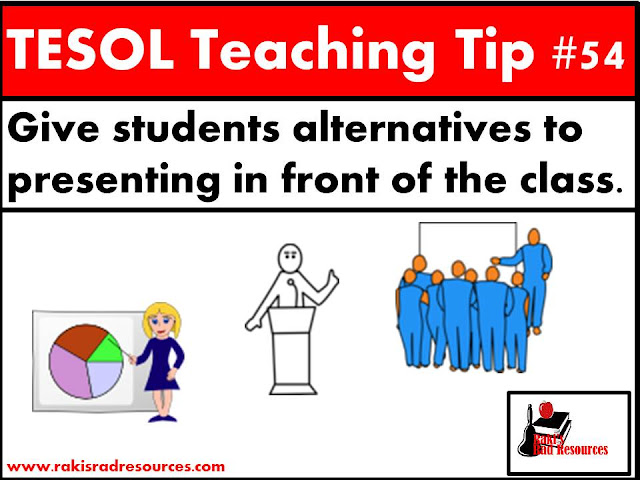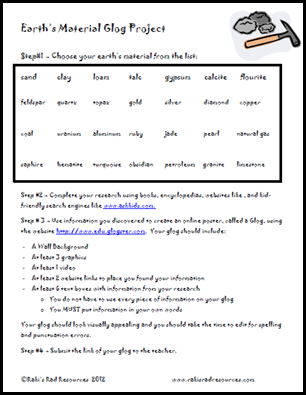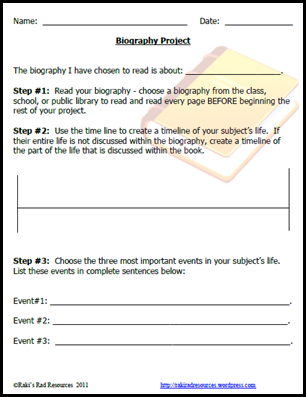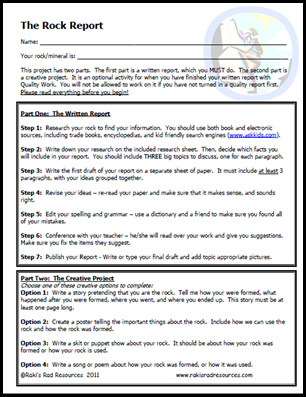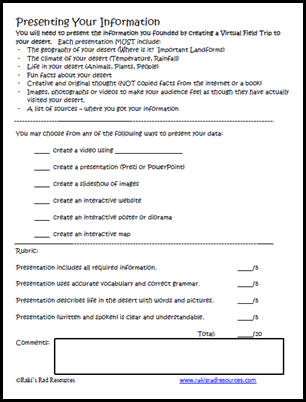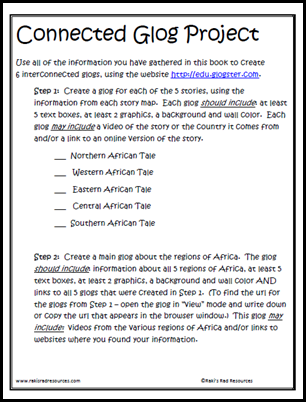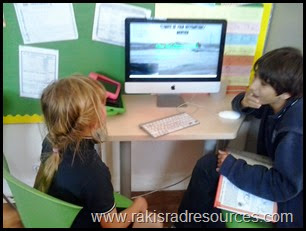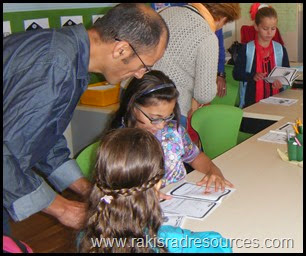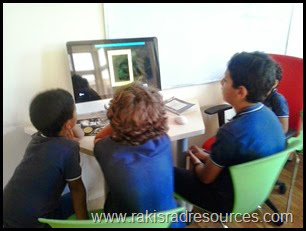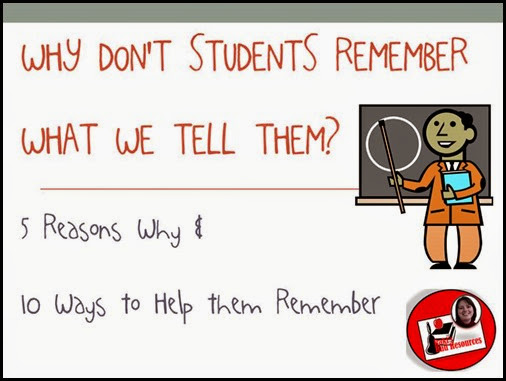
I don’t know why my students don’t remember this, I’ve talked about it a million times! Have you ever heard another teacher say this? Have you ever said (or thought) it yourself? Come on, be honest, I know I have. So, why is it our students don’t remember the things that we tell them?
1.) They weren’t listening. Not because they didn’t want to. Well, maybe some deliberately aren’t listening, but for most kids they aren’t listening because they are distracted by something around them – the tapping of a pencil, the person walking down the hall, the bird outside the window, etc. Or they got distracted by something in their own brain – what they want to eat for dinner tonight, the fight they had with their sister on the way to school, the cool trick they figured out how to do with their eyes, etc. Think about the last lecture or professional development you went to – how many times did YOU get distracted during the course of the session?
2.) They don’t realize what you just said was important. You’ve talked to the kids for the past 35 minutes. During the course of that time, you have talked about 3 or 4 different things. The kids aren’t going to remember everything. They will remember if you mess up, they will remember you say something completely different than anything you’ve ever said before, they remember surprises. However, if it’s not a surprise, then it will most likely be moved into that ‘information someone told me, but I doubt I’ll remember that’ file in their brains.
3.) They don’t understand what you meant. I must have told my students 20 times last year that we would be building online portfolios at the end of the year. I said it every time we did a project that I thought they should or could link up to in their portfolios. In the beginning of the year, I showed students examples of online portfolios from the year before so they would have something to connect to. Still, at the end of the year when I said it was time to start preparing online portfolios, I got the deer in the headlights look from a few of my students. They didn’t realize that this was something they actually had to participate in. All those times, they hadn’t realized what I meant by online portfolios.
4.) They didn’t hear you. Have you ever started giving directions to one activity before students have finished cleaning up the previous activity? You think that they can listen to you and clean up at the same time, but in reality, they aren’t hearing what you’re saying. Or maybe they are hearing bits and pieces, but most students lack the ability to multitask, unless they are dealing with a topic that is of extreme interest to them. They can’t put away papers and listen to you. They can’t walk down the hall and listen to you. They can’t do anything else while they are listening to you, otherwise, most likely they didn’t hear you.
5.) It wasn’t important to them. If what we are saying isn’t perceived by our students as important to them as an individual, then we turn into those adults from the old Peanuts cartoons after about 2 1/2 minutes of speaking. Tell them the date that their favorite singer will be giving a concert, they’ll remember it forever. It’s important to them. Tell them the date that the Declaration of Independence was signed, it’s forgotten before they leave class. It’s not their fault. It’s brain science. We can’t remember everything everyone ever told us, because the important stuff would be all jumbled in with unimportant things and we wouldn’t remember anything. So, our brain priorities. Things that we perceive as important are remembered and the rest is pushed to the side.
I doubt these five things are “news” to any teacher. We know these things, but in the rush to get through the day, we forget. Here are a few tips to help your students hear your, and remember what you said.
1.) Be prepared to repeat yourself about 10 times. Let’s face it, you’re going to say it a ton of times, so don’t get frustrated by it. Try making it fun. Tell students “This is the fourth time I’m telling you this, so it should start sinking into your short term memory soon.” Challenge students to see if they can find a time when you have repeated yourself.
2.) Don’t start talking until you have their attention. Why waste your breath talking when they aren’t looking at you? You’re going to repeat yourself anyways, we know this. But, there’s no reason wearing out your vocal cords if they aren’t able to hear you well anyways. Be patient, wait until you have their attention, and then begin.
3.) Give them a signal that this is important. Clap, ring a bell, jump up and down, or simply say “Guys, this is important and I need you to try and remember this.” Do this BEFORE you say what you need to say. The more you surprise them, the more they will give you their attention and they more likely they will remember what you are saying.
4.) Let them be the parrots. Repeat what I just said, it’s important. Okay, good, now tell your neighbor. Uh huh, and tell the neighbor on the other side of you. All right, now tell the neighbor behind you. And can you tell me again? This technique lets them repeat the important ideas, facts or events 5 times, which means you may only have to repeat it 5 times (hopefully less) for it to really sink into their memories.
5.) Activate their other senses. In addition to hearing it, and repeating it, use hand signals, songs, movements, smells, tastes, anything you can to help them remember. Write important information on the board – big and colorful when you first introduce, and then smaller, on a calendar, organizer, or bulletin board for future reference.
6.) Make connections. Start out lessons by reviewing a bit from the day before and point out the connections that are being made with today’s lessons. Write them the board, have students repeat them. This will help students connect what they are learning to background knowledge you know they have experienced. Also, help students connect what they are learning to other important things in THEIR life. I wrote an entire blog post on this awhile back called My Background Knowledge is NOT the Same as my Students, with some specific examples on how to do this in your classroom.
7.) Make it important to THEM. In addition to connecting learning to a student’s likes and dislikes, we can make learning important to students by connecting them to rewards in class. Reward students publically – with stickers or points towards table competitions – for being able to remember big ideas, key events or details of a story, lecture, movie, mini lesson, etc. At the end of class, have students work in pairs or groups of 3 to create a list of the most important ideas from a lecture, video, mini lesson or story. The group with the longest list, or most inclusive list, can win a prize or a point for their team.
8.) Listen to what students DO remember. Students don’t have to memorize the textbook, and expecting them to is only going to frustrate you, and them. Research shows that they will remember more if they understand the big ideas first and then build the details in. For example, my 2nd grader has been told over and over that the religion of Russia (the country he is studying for his Year Long Country Study Project) is Russian Orthodox. We looked at churches, talked about their beliefs and traditions, etc. etc. He cannot remember the word orthodox to save his life, and even struggles to remember the word Christian. However, he can tell you that most people in Russia believe in Jesus and the stories of the Bible, not in the Prophet Mohammed and the stories of Koran, like people in Morocco (where we lived for the last 3 years). This shows me he remembers the big ideas, but just hasn’t memorized the details – the vocabulary – quite yet.
9.) Make sure students understand what you mean. Blah blah blah blah blah, Do you understand? Student nods, because they want to understand – not because they do – and we move on. Take time to check and make sure that students actually understand before moving on. Students won’t remember what they don’t understand, or they will remember a misunderstanding of the topic, which will be twice as hard to “unteach” later on.
10.) Prioritize. Students aren’t going to remember everything you say. Some will remember A, C and E. Others will remember D, G and Z. Still others will only remember F. A lot of what students remember will have to do with what connects to their background knowledge or what is interesting to them – both of which will be different for every child and will be out of your control. This is okay, and normal. However, in each lesson, lecture, movie, etc. there will be one or two key things that EVERY STUDENT should remember. Pull those things out. Write them on the board, have students repeat them, play with them, talk about them, etc. etc. etc. Reward the remembering of these one or two things, and take joy in anything beyond this that individual students remember.




